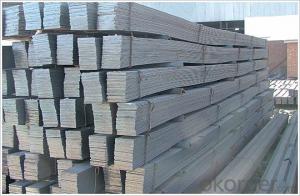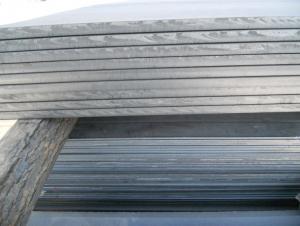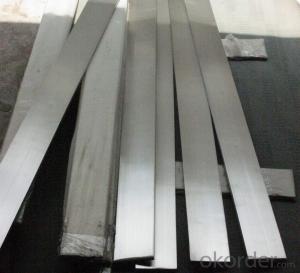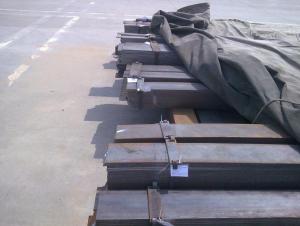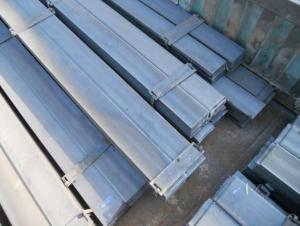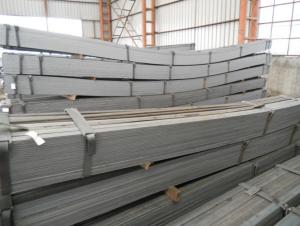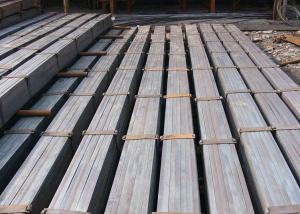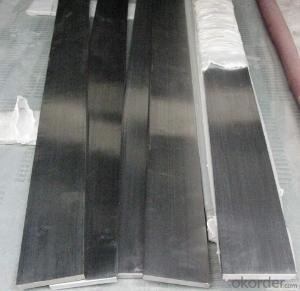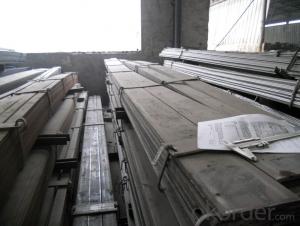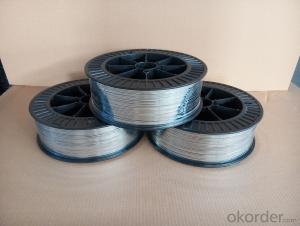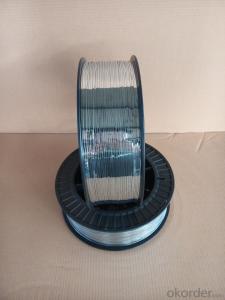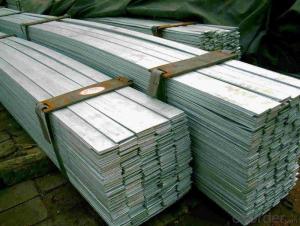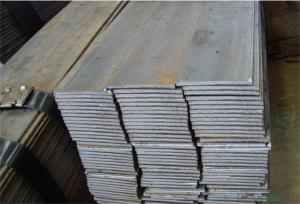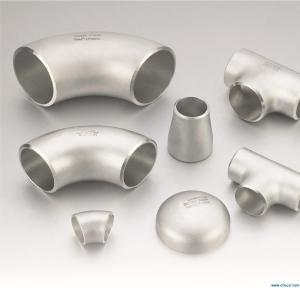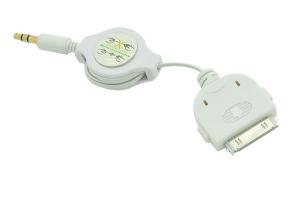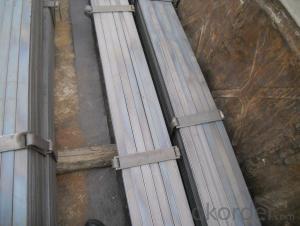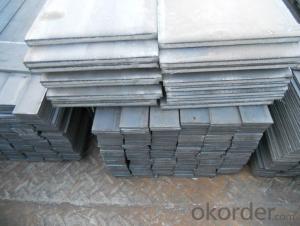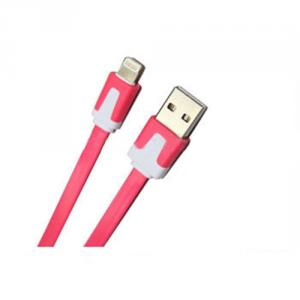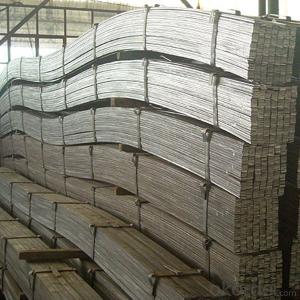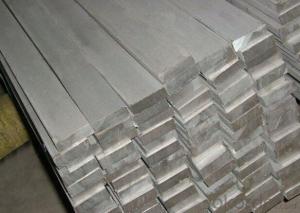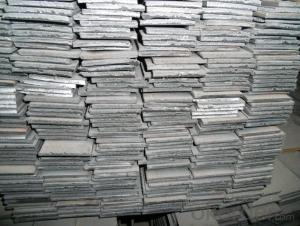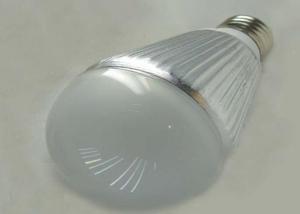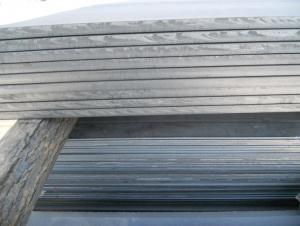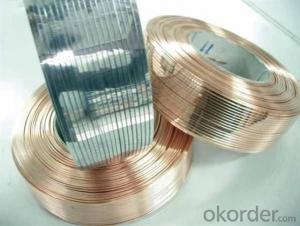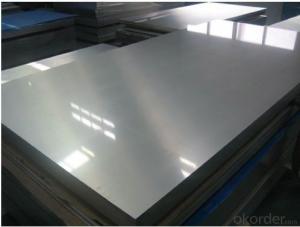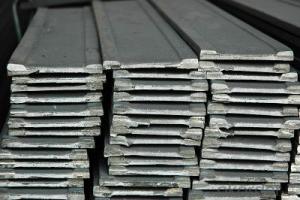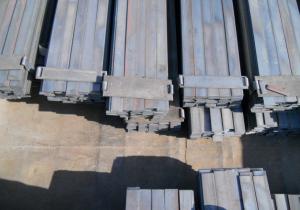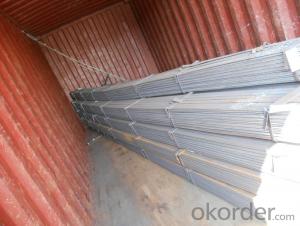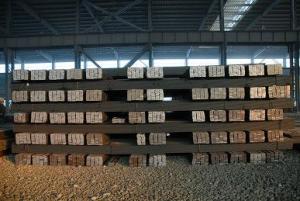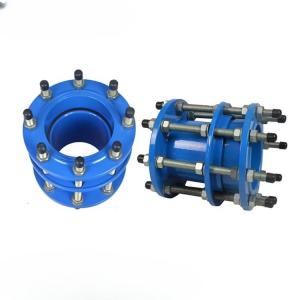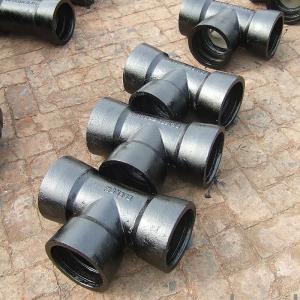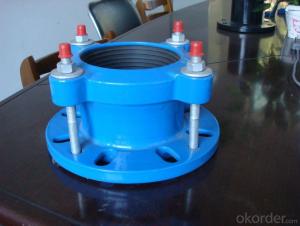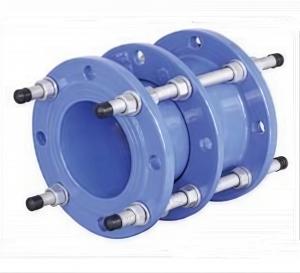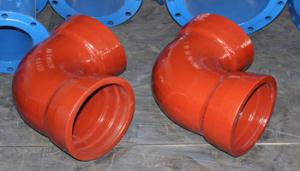Bulb Flat Steel
Bulb Flat Steel Related Searches
Bulb Flats For Shipbuilding Stainless Steel Flat Washers Stainless Steel Light Fixtures Cheap Stainless Steel Cast Steel Light Bulb With Filament Stainless Steel Flashing Small Dimmable Led Bulbs Light Steel Villa Bluing Stainless Steel Flexible Steel Pipe Full Plate And Packing Steel Flask Stainless Steel Faux Stainless Steel Jb Weld Stainless Steel Cold Rolled Steel Light Bulb Filament Wire Steel Lamp Post Long Filament Light Bulb Stainless Steel For Bbq High Speed Steel 6 Foot Fluorescent Bulbs Led Bulbs For Spotlights Stainless Steel Lamp Filament Light Bulbs Led Colored Stainless Steel Stainless Steel Blanks Steel Galvanized Stainless Steel Sets Stainless Steel BluingBulb Flat Steel Supplier & Manufacturer from China
Bulb Flat Steel, also known as bulb flat bar, is a type of steel product characterized by its unique shape, featuring a flattened central section with two rounded ends. This design provides exceptional strength and durability, making it a popular choice for various applications in the construction and manufacturing industries. The product is known for its versatility, as it can be easily welded, cut, and machined to fit specific project requirements.Bulb Flat Steel is widely used in a range of applications, including structural components, bridges, and heavy machinery. Its high strength-to-weight ratio and resistance to corrosion make it an ideal material for demanding environments. Additionally, its unique shape allows for efficient load distribution, enhancing the overall stability and performance of structures and equipment. This product is also favored for its aesthetic appeal, as it can add a distinctive look to architectural designs and industrial components.
Okorder.com is a leading wholesale supplier of Bulb Flat Steel, offering a vast inventory of this product to cater to the diverse needs of clients worldwide. With a commitment to quality and customer satisfaction, Okorder.com ensures that each order is delivered promptly and in excellent condition. By partnering with reputable manufacturers and maintaining strict quality control measures, Okorder.com has established itself as a reliable source for Bulb Flat Steel and other steel products.
